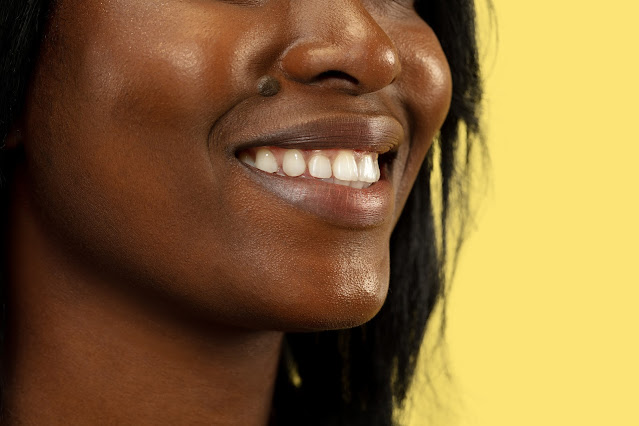The perception of teeth as naturally white is a common belief, fueled by societal standards and the influence of media-driven ideals. However, the reality is that the natural color of teeth varies among individuals, and the notion of perfectly white teeth is not always reflective of natural dental hues. This article aims to debunk the myth of naturally white teeth and explore the factors that contribute to the diverse colors found in a healthy set of pearly whites.
Natural Tooth Color:
Contrary to the popular belief that teeth are naturally white, the inherent color of teeth ranges from off-white to shades of yellow and even gray. The natural color is influenced by various factors, including genetics, age, and the composition of dental tissues.
1. Genetics:The genetic makeup of an individual plays a significant role in determining the natural color of their teeth. Some people may have naturally lighter enamel, resulting in a whiter appearance, while others may inherit enamel that tends toward a yellow or off-white color.
2. Age: As teeth age, they undergo changes in color and structure. The enamel, the outermost layer of the tooth, can wear down over time, revealing the dentin beneath. Dentin is naturally yellow, and as it becomes more visible, it can contribute to the appearance of yellowing teeth. Additionally, microscopic cracks in the enamel can trap stains from food and beverages, further affecting tooth color.
3. Dental Tissues: The color of teeth is influenced by the combination of enamel and dentin. Enamel is translucent and reflects light, while dentin is more opaque and naturally yellow. The interplay between these two dental tissues contributes to the overall color of an individual's teeth.
External Factors Affecting Tooth Color:
While the natural color of teeth varies, external factors can also influence their appearance. Lifestyle choices, dietary habits, and oral hygiene practices can impact tooth color:
1. Staining from Foods and Beverages: Consuming dark-colored foods and beverages such as coffee, tea, red wine, and certain fruits can contribute to surface stains on the enamel, affecting tooth color.
2. Tobacco Use: Smoking or using tobacco products can lead to yellowing and staining of teeth over time.
In conclusion, the idea of naturally white teeth is a misconception. The natural color of teeth varies among individuals due to genetic factors, age-related changes, and the inherent color of dental tissues. Recognizing and embracing the diversity of natural tooth colors can promote a more realistic understanding of dental aesthetics. While external factors may contribute to stains and discoloration, maintaining good oral hygiene practices and seeking professional dental care can help preserve the health and appearance of teeth, regardless of their natural color.
